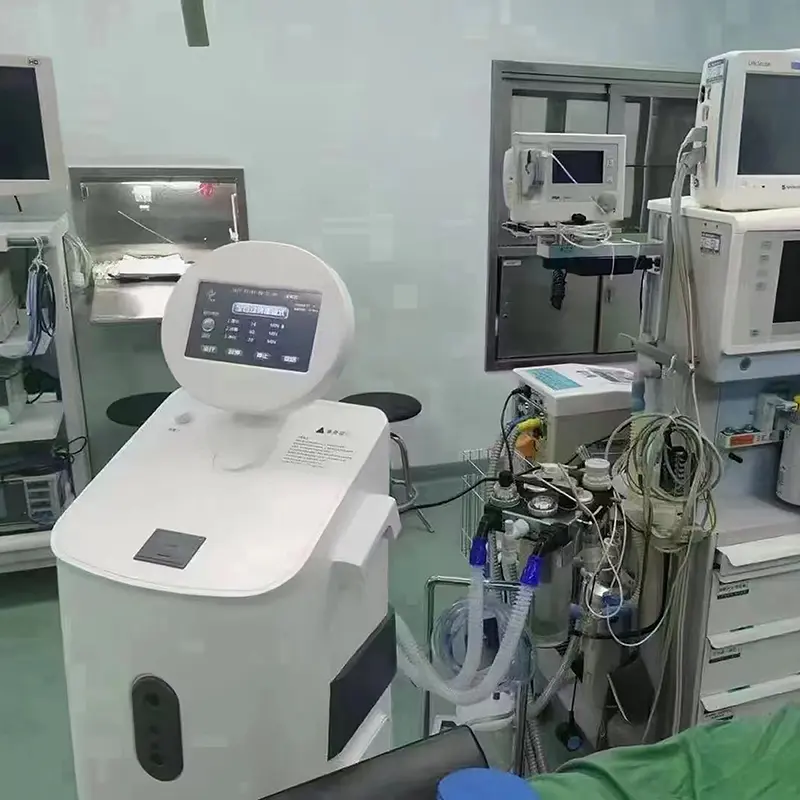The Crucial Role of Disinfection in Ventilator Equipment: Safeguarding Patient Health
Introduction
In the wake of the COVID-19 pandemic, ventilators have emerged as a critical lifeline for patients suffering from severe respiratory issues. As these devices play a vital role in saving lives, ensuring their proper disinfection and maintenance is of utmost importance. This article examines the significance of disinfecting ventilator equipment, the challenges faced, and the best practices to safeguard patient health.
Importance of Proper Disinfection
Ventilators are complex devices that come into direct contact with the respiratory tract of vulnerable and often critically ill patients. Without proper disinfection, these devices can serve as potential breeding grounds for harmful pathogens, including bacteria, viruses, and fungi. Regular and meticulous disinfection is necessary to prevent the spread of infections within the healthcare environment and protect patients from additional complications.
Challenging Disinfection Process
Disinfecting ventilator equipment presents several challenges due to their intricate design and the presence of sensitive electronic components. It is crucial to strike a balance between effective disinfection and avoiding damage to the delicate machinery. The process requires meticulous attention to detail and adherence to manufacturer guidelines to ensure that disinfection procedures are both safe and effective.
Furthermore, different components of the ventilator, such as the tubing, humidifier, filters, and connectors, may require different disinfection methods. It is essential to follow specific protocols to address the unique cleaning requirements of each aspect, ensuring optimal disinfection throughout the device.
Disinfection Best Practices
To maintain the highest standards of cleanliness and to minimize the risk of infections, healthcare professionals follow a set of best practices when disinfecting ventilator equipment. These may include:
a) Regular Cleaning: Ventilator surfaces should be regularly cleaned using appropriate cleaning agents. The process involves removing visible dirt, debris, and organic material from the device. Healthcare providers must wear personal protective equipment (PPE) to prevent cross-contamination.
b) Disinfection Methods: Depending on the manufacturer's recommendations, different disinfection methods may be employed, such as manual disinfection, chemical disinfection, or automated disinfection systems. Each method has its advantages and limitations, and healthcare professionals should follow established protocols to ensure consistent and effective disinfection.
c) Adherence to Manufacturer Guidelines: It is crucial to strictly adhere to the manufacturer's recommendations regarding cleaning agents, disinfection protocols, and compatibility with specific components. Failure to follow these guidelines may result in equipment damage, compromised disinfection, or even patient harm.
d) Staff Training: Healthcare facilities should provide comprehensive training to staff members responsible for ventilator disinfection. Proper training ensures that healthcare professionals understand the nuances of the equipment, follow the correct cleaning procedures, and maintain consistency in disinfection practices.
Validation of Disinfection Efficacy
Ensuring the efficacy of the disinfection process is vital to maintain patient safety. Healthcare facilities should implement processes to validate the effectiveness of their disinfection protocols. This may involve regular testing of equipment for microbial presence, using methods such as biological indicators or surface swabs. These validation procedures help identify areas of improvement and ensure that the disinfection processes are robust and reliable.
Conclusion
The proper disinfection of ventilator equipment plays a critical role in safeguarding patient health and preventing the transmission of infections within healthcare facilities. Ventilators are complex devices with unique challenges to disinfection, necessitating meticulous attention to detail and adherence to manufacturer guidelines. By following best practices, healthcare providers can maintain the highest standards of cleanliness and optimize patient outcomes. The validation of disinfection efficacy further ensures the reliability of the process. Ultimately, prioritizing effective disinfection practices enhances patient safety and contributes to the overall well-being of those in need of respiratory support.
